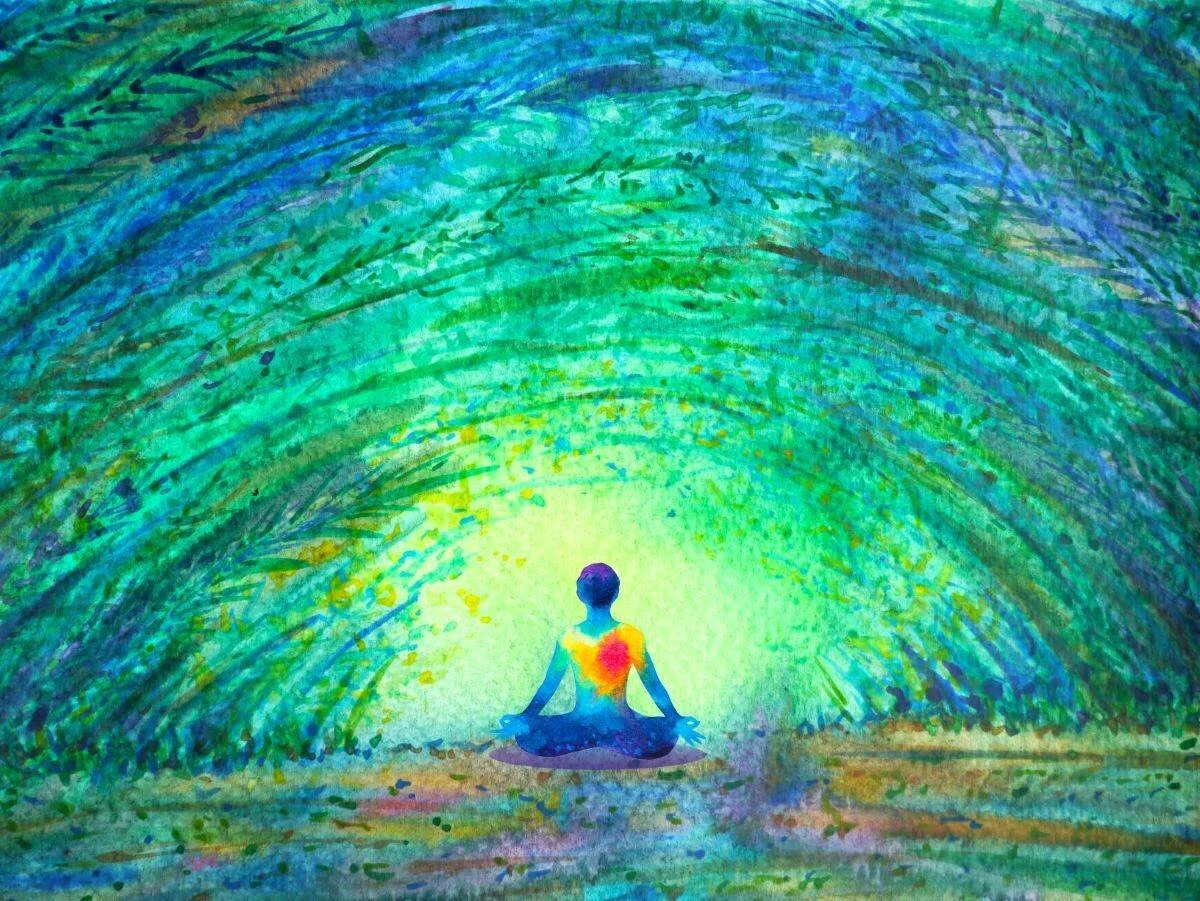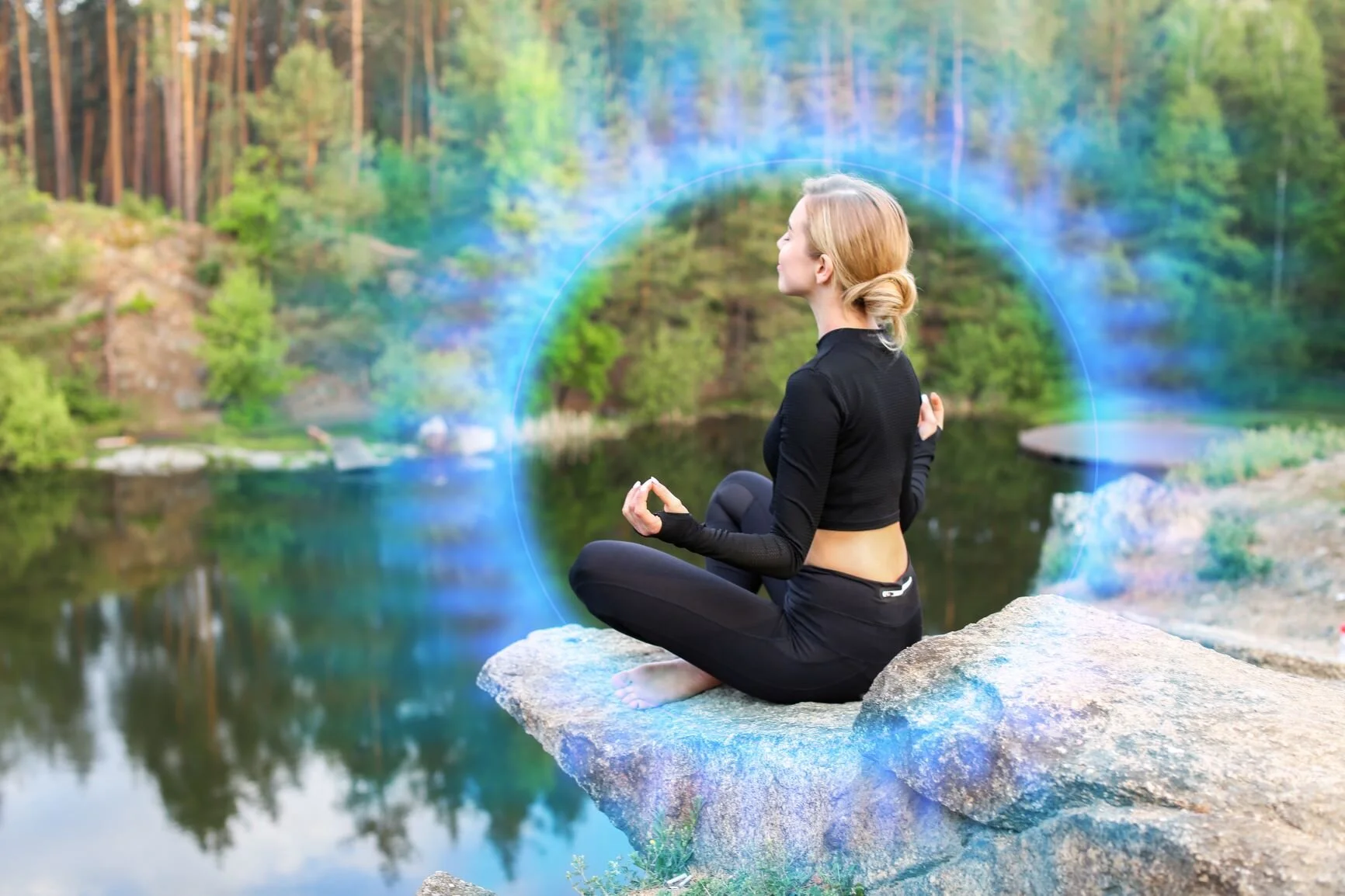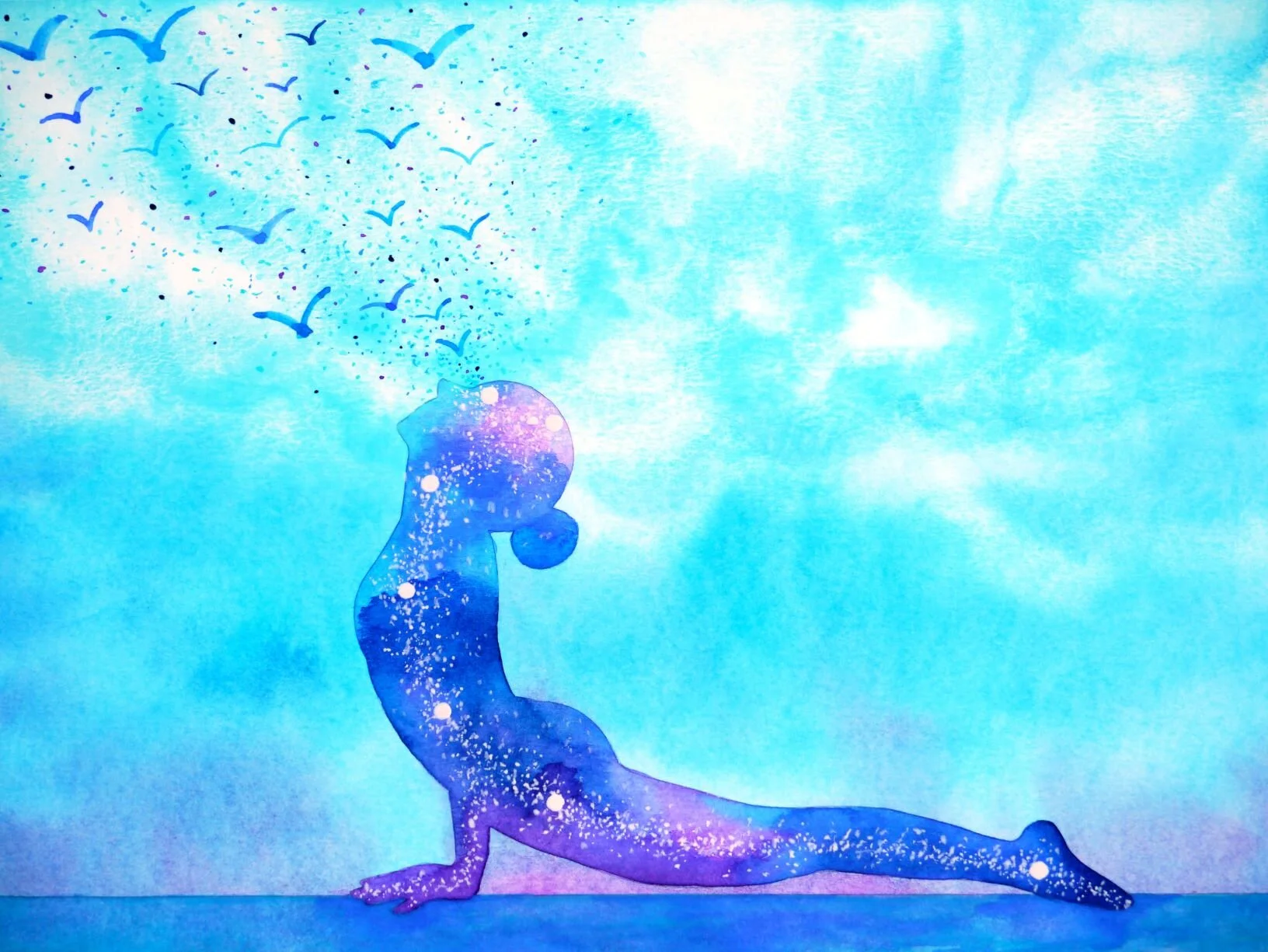In addition to any Body Scan practice you do, or as a modification, you might explore what could be called The Desire Scan.
Almost all of the meditation traditions have come to us from monastic enterprises, where the overall intent is quietude and the abandonment of personal desires. For monks and nuns, this can be beautiful. It is their path. This is also the path sometimes when you are 70 or 80 or 90 or earlier, if you have a disease and are close to death. You go through a process of abandoning desires.
But if you are in the beginning of your life or midway, meditation will harm you if you practice in a way that stifles the flow of desire. And just everyday living is so hard that we don't even have to practice repression, just the daily grind makes for enough suppression.
As a counter action to all that, and to make sure that your body with all its nerves and senses is continually nourished by your own life essence, you may want to incorporate a Desire Scan into your day. At first this may take a few minutes, and over time you will internalize it so it takes a few seconds.
To begin, notice how universal desires are. We all want the same kinds of things, even though we have our particular mix, our own preferred menu and sequence.
Here is the practice.
1. Think of the whole spectrum of desires.
2. Breathe with each desire, in turn.
3. Notice where in your body you feel the sensations and energies that go with each desire. Enjoy the motions your body makes when you are in the midst of fulfilling that desire. 4. Savor it all.
5. Inquire into the desires you know so well, and spend a little time with the ones that you have not been able to explore lately, or ever.
6. Finish by attending in a loving way to the overall feeling and sensation of your body.
7. Sit there for 3 minutes with your eyes open, just integrating, before jumping up to go do stuff.
Learn to tolerate the weird sensations that go with entertaining a desire that you feel is forbidden. If, for example, you have a secure home and steady relationship, but are attracted to danger, are secretly in love with someone at work, give yourself a chance to feel those forbidden feelings. You are safe in meditation to do so. This will let your body be nourished by the erotic flow and you will in fact be way less likely to wind up in bed with some stranger. Meditation is a private internal space, a temple. A party. An internal Mardi Gras. What happens in meditation, stays in meditation.
If you have not been able to Speak Up and Hold Your Ground in a close relationship, then you will find this repressed strength coming to you while you are meditating, if you allow it. The sensations may be terrifying. OMG If I ever spoke my mind!
If you are a person that says YES a lot, it can feel taboo and death-defying to say NO to people. The reverse is true. If you like to say NO, then surrendering to a YES can feel like a fate worse than death. "Once I let down my guard, a catastrophe will happen."
Meditation is the place to let your body-heart-mind-senses have free play, so they can all practice the motions of life in a safe circumstance. All your chakras, so to speak, can practice flowing together, supporting each other, combining in combinations to enrich your outer world of action
The Basic Desires
- Food. Delicious to us. Nutritious. At the right time.
- Clothing that fits, serves our purposes. Looks good. Keeps us warm.
- Restfulness. Sleep.
- Activity and exercise. To use our muscles.
- To speak up, say our piece.
- Power and some control over our life.
- A home or nest or spot to call our own.
- Desire for a sense of safety and to feel protected and peaceful.
- Exploration, novelty, satisfy our curiosity, learn new things.
- Communication with other people, the desire to exhange information.
- Teamwork, the desire to join up with others, form relationships.
- Justice, to protect the righteous and punish wrongdoers and thus keep people safe.
- Close, long-lasting relationships that feel like tribe or family.
- Pair coupling or mating or sexually charged relationships that might lead to children.
- Accumulation, the desire to horde some food or money or supplies so you have some stuff saved up.
- Organization, the desire for your stuff to be where you can find it. Each thing in its place.
- The desire to share what you have with others.
- The desire to be seen as valuable by your tribe or team.
- The desire for freedom and autonomy.
- The desire to feel ethical, that you are honoring a code of conduct.
These desires all emerge from the instinctive matrix of the body-mind system that has been keeping us alive.
The instincts appear to us as impulses that we call desires.
Inside each desire is an impulse of life seeking to renew itself, keep the game going, repair itself, learn the lessons of today and get ready for tomorrow.
The flow of desire wants you to be ready for anything, ready to dance into the next phase of your life.
When we have a desire to meditate, or to learn a new way of meditation, this is life in you seeking to evolve itself.
In essence, we go inside to contact our inner riches so that we can go out into activity and give more of ourselves to the world. Then we are open to receiving more from others in return.
In the yoga texts, the purpose of life is stated succinctly as
Kama - sensual pleasure
Artha - wealth
Moksha - freedom
Dharma - duty, obligations
These are the purusharthas.
पुरुषार्थ
puruṣārtha
the four objects or aims of existence
Yoga and meditation exist to help us fulfill these aims of existence.
It is interesting to consider meditation as a way of fulfilling desires.
If you are going to practice meditation and you want it to enrich your daily life, then you need to continually be fine-tuning your attention so that it allows the energetic richness of every desire to flow in your nerves. This is what creates the sense of "readiness to live" that is such a delightful gift of meditation.
This approach is actually fundamental to the whole sensibility of the classical yoga world. It is not exclusive to what we think of as Tantra. It's right here in the Sanskrit language.
Moment-by-moment in meditation and in our day, we have to improvise with kama, moksha, artha and dharma, to find ways for them to support each other. This is a great game and a fresh discovery every day.
Make your own list of say, your favorite 8 desires, and add a couple that you are scared of or have an aching yearning for. Just have a page in your journal. Over time, make sure that your meditation practice is welcoming to YOUR flow of desire, so that inwardly you can be practicing the Yoga of Desire, the integration your inner life with your outer life of action.
Pro tip:
Find a way to dance, even alone by yourself. Just dance freely. Also learn some Tai Chi or QiGong moves. These Taoist arts embody an appreciation of all the instinctive energies of life and have developed ways to honor them and set them free to circulate in a healthy way.










